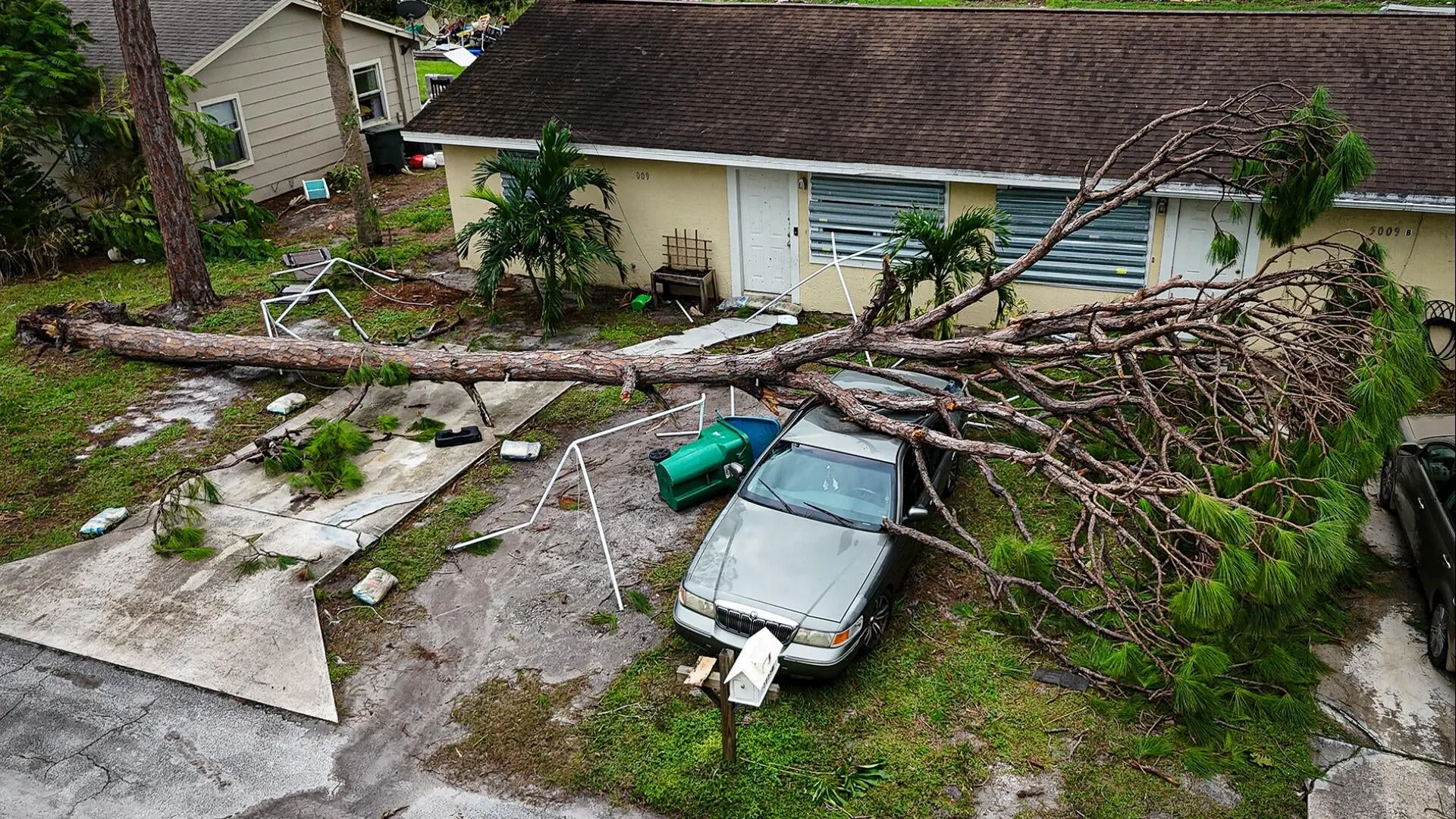Hurricane Season 2025: NWS Faces Uncharted Territory Amid Shortages
As the Atlantic hurricane season commences, meteorologists and disaster management experts find themselves navigating uncharted territory. The National Weather Service (NWS), the vital agency responsible for monitoring and forecasting storms, enters this season with a notable staffing crisis. The implications are significant, given the potentially harsh weather predictions for the upcoming months.
The Staffing Struggle
The short-staffed NWS faces a challenging environment as many forecasters have left for more lucrative opportunities in the private sector. “We are operating with reduced manpower, which in turn can impact our predictive capabilities and emergency response times during critical storm events,” said Dr. Amy Ortega, a senior meteorologist at the NWS.
Studies have suggested that the 2025 Atlantic hurricane season may be particularly fierce, and concerns are growing among experts. Shortages in trained meteorological personnel could hinder the accuracy and timeliness of forecasts, making it harder for communities to prepare adequately for impending storms. Dr. Ortega highlighted that this is not just about numbers; it’s also about experience. “We are losing seasoned meteorologists who can interpret nuanced data, which is often critical when predicting the path and intensity of storms. If you have a less experienced team, the margin for error increases,” she added.
Why 2025 Has Experts on Edge
The predictions for the 2025 season suggest that it could be one of the most active years for the Atlantic basin. Meteorologists warn that the combination of a warm ocean and favorable atmospheric conditions may lead to more storms and hurricanes. Climate change continues to complicate the forecast, as rising sea temperatures often correlate with more powerful storms.
According to recent models, the 2025 season may see an uptick in tropical storms, potentially leading to a roster of hurricanes that could test the limits of local infrastructure and community preparedness efforts. With this threat looming, the diminished capacity at the NWS raises alarms among states and coastal cities.
The Suggested Preparations
In light of uncertainties this season, local governments are urged to take a proactive approach in preparing for storms. Emergency planners emphasize the importance of having detailed contingency plans. “While we can’t predict each storm’s path, we can ensure communities are equipped to handle the aftermath of any disaster. Investing in public education and infrastructure is key,” remarked Carlos Ramirez, a disaster relief coordinator.
Local communities are encouraged to have up-to-date evacuation routes and emergency supplies ready. They are also advised to receive training on emergency response and disaster preparedness. Ramirez noted that such training can empower residents and mitigate fears during emergencies. “When individuals are informed, they can make smart choices that potentially save lives,” he said.
The Naming of Hurricanes
As part of the public’s attempt to prepare for storms, the World Meteorological Organization (WMO) annually compiles a list of storm names. These names are used to refer to tropical storms and hurricanes to avoid confusion during heavy media coverage. For the 2025 Atlantic hurricane season, the names being used are:
- Ariel
- Brady
- Carmen
- Darius
- Elena
- Fletcher
- Giselle
- Harry
- Irene
- Julius
- Katrina
- Logan
- Maddox
- Naya
- Oscar
- Penny
- Quincy
- Riley
- Sadie
- Trent
- Uma
- Victor
- Wanda
Each name is used to identify storms, thus minimizing confusion when communications are key. Names are retired if a storm is particularly deadly or costly, as Hurricane Katrina was in 2005. The names listed serve as an array of identities that will help shape the narratives of 2025’s storms.
The Human Connection
While forecasts and data are integral parts of meteorology, the human factor cannot be overlooked. Each storm brings the potential for significant loss, and named hurricanes can become symbols of natural disasters that reshape communities and memories. For many, the name of a storm can elicit nostalgia, fear, or community resilience. It’s essential for the NWS and local agencies to not just inform but also engage emotionally with the public for better preparedness.
A community’s response is often driven by the narratives surrounding storms, from fear over impending destruction to stories of survival and rebuilding. Especially in regions that have been severely impacted by hurricanes in the past, residents often have a personal connection to these storms and their aftermath. Hence, engaging the public in open dialogue about plans and preparations is vital.
Looking Ahead
The 2025 hurricane season will be a litmus test for the NWS in terms of its ability to operate efficiently under decreased manpower. As meteorologists work tirelessly to provide accurate forecasts, the need for community involvement and awareness becomes paramount. Residents are urged to track weather updates, prepare their families and homes, and stay informed about emergency protocols.
As this hurricane season unfolds, the interconnection of climate science, human experience, and effective emergency management will play a critical role in defining outcomes. Ultimately, every individual needs to take responsibility for their safety and preparedness during this potentially tumultuous hurricane season.
With lessons learned from past experiences and a spirit of community collaboration, there is hope that while the winds may howl and the storms may roar, communities will stand ready to face whatever challenges the 2025 hurricane season may bring.







